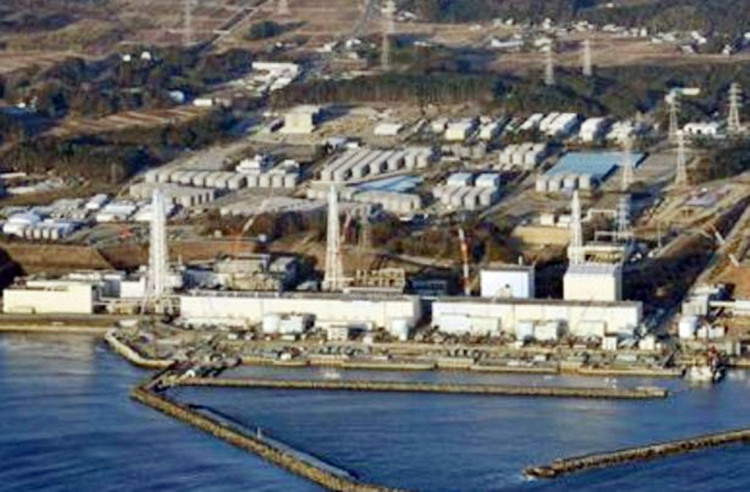The power grid of Japan - strained under the pressure of the hottest June in Tokyo since records began and the sudden shutdown of a power plant sparked fears that tens of millions of people - could be without electricity on another blistering day.
On the sixth day of a heatwave that began following the earliest end of the capital's rainy season in decades, temperatures of around 40°C were predicted in certain sections of greater Tokyo, home to 37 million people.
The closure of a 600-megawatt plant in northern Japan that supplies Tokyo coincided with a reserve power capacity hovering around 3 percent, the threshold beyond which blackouts can occur.
Power providers were scrambling to reactivate turbines that were nearly 50 years old.
According to media sources, the plant's operator, Joban Kyodo Thermal Power Company, cited unexplained technical concerns as the reason for the shutdown, but stated that portions of the facility had been reactivated as of 1 p.m.
OCCTO, a national grid monitor, estimated that the reserve ratio of power generation capacity for the Tokyo area could dip as low as 3 percent between 4.30 and 5 p.m.
Heatstroke hospitalizations are on the rise, prompting the industry ministry to issue a power shortage alert for the fourth day in areas surrounding Tokyo, advising families and companies to conserve electricity without sacrificing air conditioning where it might threaten health.
This month has seen the hottest temperatures since record-keeping began in 1875. At 1 p.m., the temperature in central Tokyo was 36,4 degrees Celsius, while Hatoyama, to the north of the city, was 39,7 degrees Celsius.
A number of companies, such as the manufacturer of car components Yorozu Corp, are reducing shifts to conserve energy, while others, such as the retailer Seven & I Holdings and the electronics giant Sony, have requested staff to conserve energy by turning off lights and other devices.
Yesterday through Friday, Nissan Motor will operate generators at its Tochigi plant north of Tokyo, while calling on offices and factories to conserve energy.
Since the spring, the government and utilities have been planning to deal with power shortages during the period of high summer demand, which formally begins on July 1.
With the suspension of several power plants following the March earthquakes in the Fukushima region, a long-term decline in the number of thermal power plants despite a push for decarbonization, and delays in the reopening of nuclear reactors, the power crunch was anticipated.






